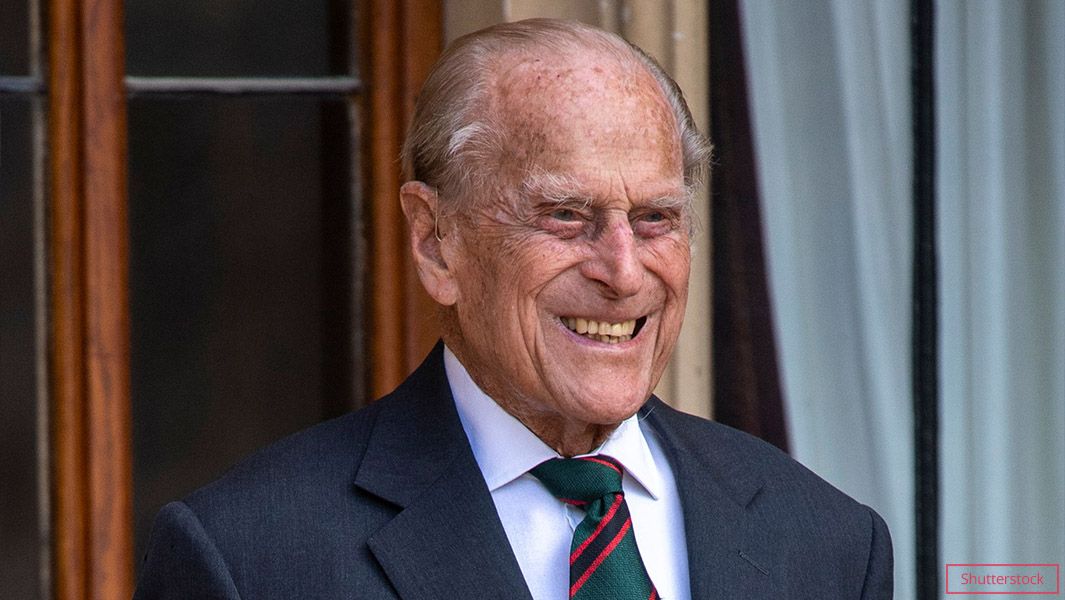The Evolution of Royal Protocol and Etiquette
Have you ever wondered how royal protocol and etiquette have evolved over the centuries? From grand balls and intricate ceremonies to modern-day diplomatic functions, the rules and customs surrounding royalty have undergone significant changes. In this article, we will explore the fascinating journey of royal protocol and etiquette, from its origins to its current form.
Origins of Royal Protocol
The origins of royal protocol can be traced back to ancient civilizations, where monarchs used elaborate rituals and ceremonies to assert their authority. In medieval Europe, royal courts were the centers of power and influence, with strict rules governing every aspect of court life. The concept of etiquette, which refers to the expected behavior in social situations, also began to take shape during this time.
Rise of Courtly Etiquette
During the Renaissance period, courtly etiquette reached new heights of sophistication. The French court, in particular, became known for its elaborate customs and protocols. One of the most famous guides to courtly behavior, ‘The Book of the Courtier’ by Baldassare Castiglione, was published in 1528 and set the standard for noble conduct.
Modernization of Royal Protocol
In the 19th and 20th centuries, royal protocol underwent significant modernization. With the rise of constitutional monarchies and the decline of absolute power, royals began to adapt their traditions to meet the changing times. The British Royal Family, in particular, played a key role in developing modern royal protocols, such as the order of precedence and rules for official engagements.
Current Trends in Royal Etiquette
Today, royal protocol continues to evolve in response to social and cultural changes. Royals are increasingly using social media to connect with the public, while also maintaining traditional forms of etiquette during official events. The issue of gender equality has also had an impact on royal protocol, with changes being made to ensure fairness and inclusivity in royal ceremonies and events.













